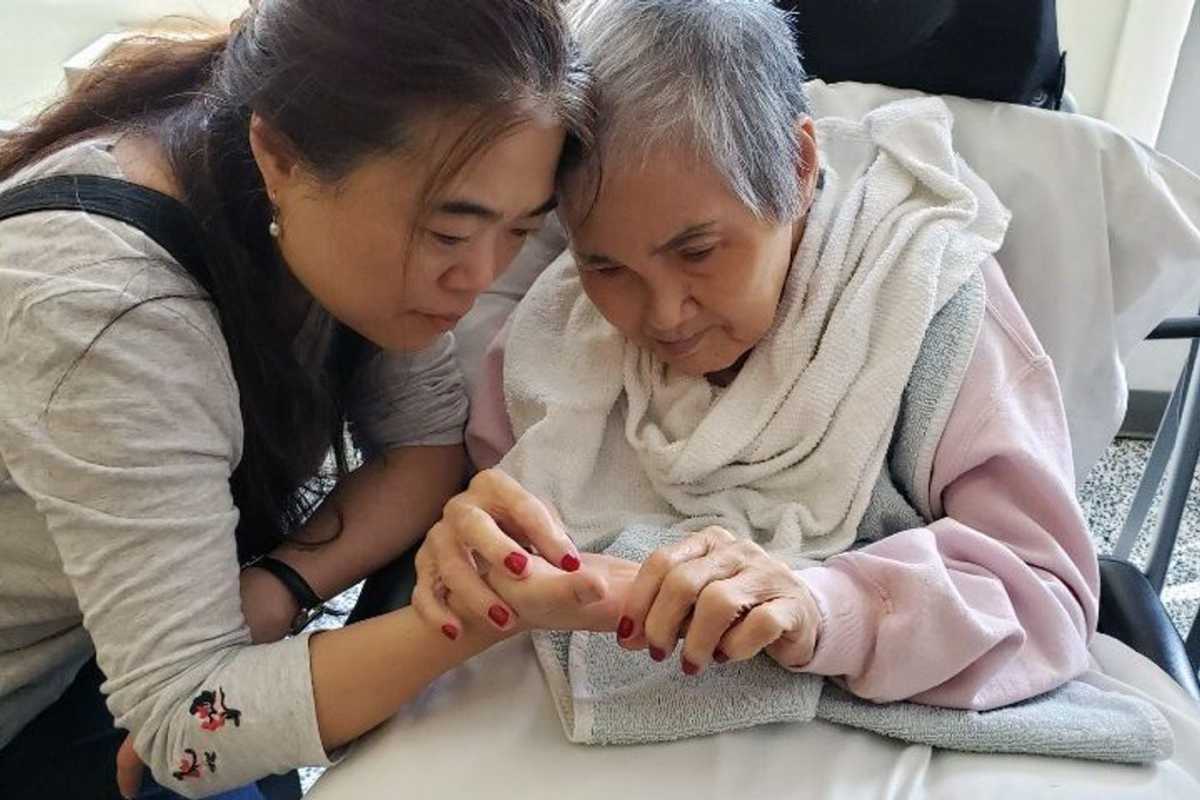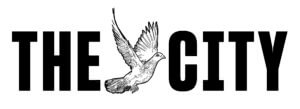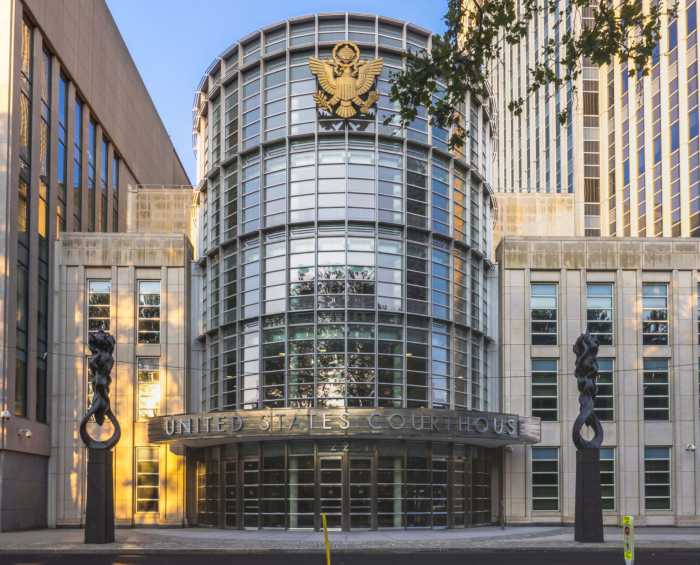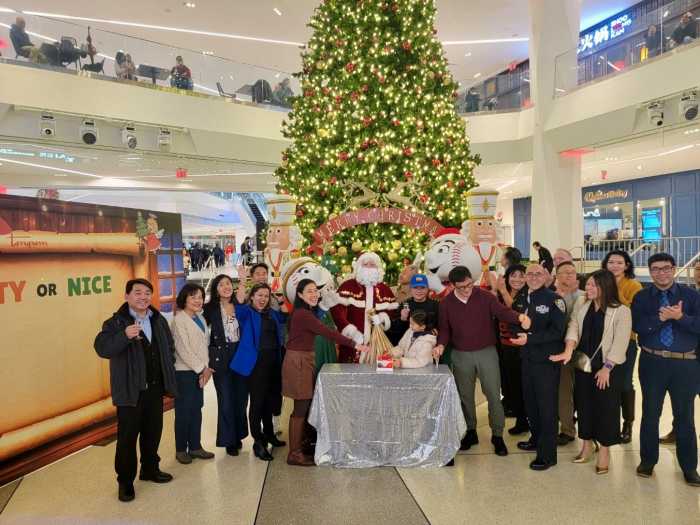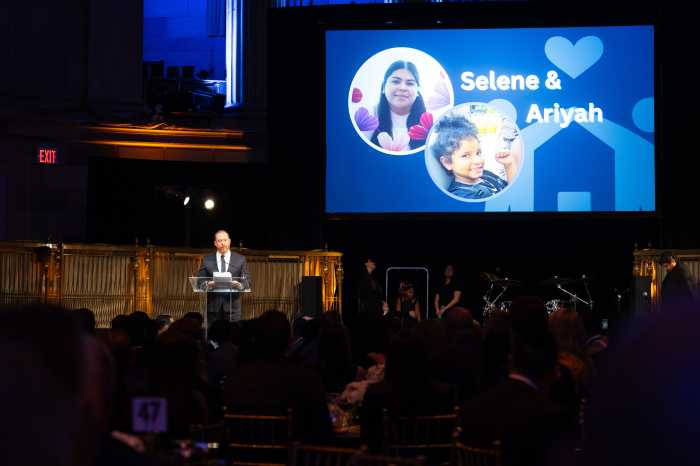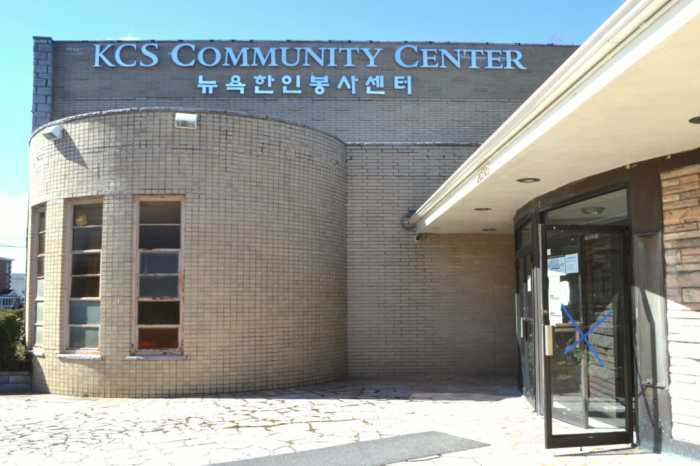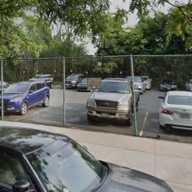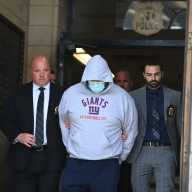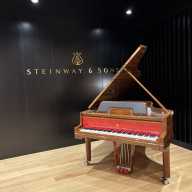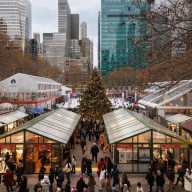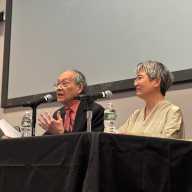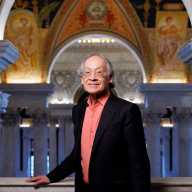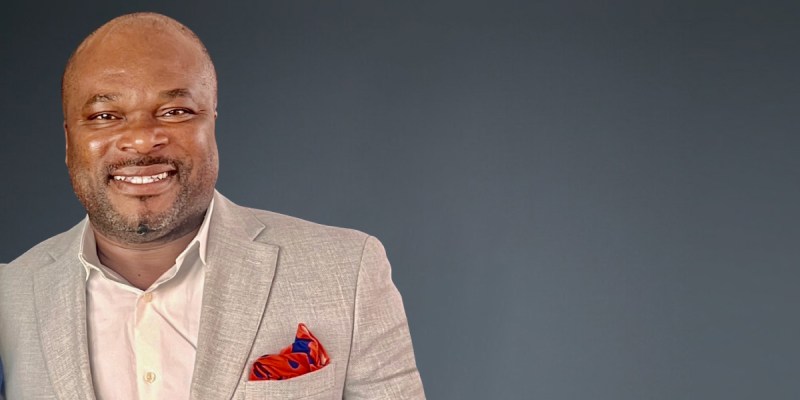BY CHRISTINE CHUNG, JOSEFA VELASQUEZ, YOAV GONEN AND ESE OLUMHENSE, WITH ADDITIONAL REPORTING FROM ANN CHOI, THE CITY
This story was originally published on April 16, 2020 by THE CITY.
The morgue at the Ozanam Hall nursing home in Bayside can only hold two bodies at any given time.
So far, more than 50 residents there have died from what appears to be COVID-19, workers say.
Since the outbreak of COVID-19 began last month, there have been times where two residents died in a single day, leaving the dead to lay waiting in their rooms to be picked up by the city morgue or a funeral home, several employees told THE CITY.
“The situation is not nice. It’s not pleasant all around. People you know for a very long time, they’re just dropping,” one longtime nurse’s aide said, on condition of anonymity.
“We are not comfortable but they still have to get care. We try and protect ourselves as best we can,” the aide added.
“It’s just, it’s heartbreaking.”
Ozanam Hall isn’t an outlier: As of Tuesday, over 3,000 nursing home and adult care facility deaths across the state were believed to have been caused by COVID-19.
But with little transparency from nursing home operators or state and city officials, it’s difficult to pinpoint where outbreaks of the virus are happening, who it’s affecting and what caused it.
That — along with little or no chance to visit loved ones — leaves family members of residents desperate for information and answers.
‘I’m Fighting for You’
Berna Lee said her 77-year-old mother, who lives at Sapphire Center in Flushing, has battled a fever since April 3. Her mother’s roommate died last week, possibly from the virus, but it’s hard to know, she said.
Lee said she hasn’t been able to get clear answers from Sapphire officials about her mom’s condition or information about the number of possible COVID-19 cases and deaths in the 227-bed facility.
She’s trying everything she can to see her mom in person through an emergency exception to the lockdown on nursing home visitors, which went into effect in mid-March.
“I’m not asking to spend the afternoon or to watch a movie. They can make arrangements. They can suit me up in PPE and let me see her for 10 minutes,” Lee said. “I think she must be really scared and confused. I just want to see her for 10 minutes and let her know it’s OK. Just let her know ‘Mom, I’m here, I’m fighting for you.’”
Lee’s mother shared a room with Andy Liao’s mom, Xiao Qun, who died at the age of 84 on April 8.
Before her death, Liao said, a Sapphire nurse told him that his mother had pneumonia and a fever, and was coughing. The home, like most, doesn’t have the ability to test for coronavirus, Liao noted.
Liao’s final moments with his mother were spent on a video call, since he couldn’t see her in person.
“I told her a hundred times during that 10-minute call that I was coming to see her,” said Liao, 59, of College Point. “I just tried to give her some hope.”
Sapphire officials did not return calls for comment.
Assemblyman Ron Kim (D-Flushing) charged the state with failing to protect some of New York’s most vulnerable.
“They knew this was happening and they didn’t do anything. Heads should roll,” Kim said.
‘Fire Through Dry Grass’
Seeking to avoid what turned out to be an early warning in Washington State — where COVID-19 ran rampant through a nursing home, killing dozens of residents starting in February — state health officials limited visits to nursing homes in New York in early March.
Two days after the directive was issued, the state Health Department banned all visits to nursing homes in an effort to stop COVID-19 from spreading like “fire through dry grass,” Gov. Andrew Cuomo said.
Yet it raged on.
The state began releasing county-level data on fatalities in nursing homes and adult day care facilities on Monday. By Tuesday, the number of deaths in those facilities had increased by 162 in New York City.
The 1,893 deaths among nursing home and adult care residents made up nearly 28% of the confirmed 6,480 COVID-19 fatalities in the five boroughs as of Tuesday, according to the most recently available data from the Cuomo administration.
City figures show that most deaths in nursing homes attributed to COVID-19 involved patients who were not tested for coronavirus.
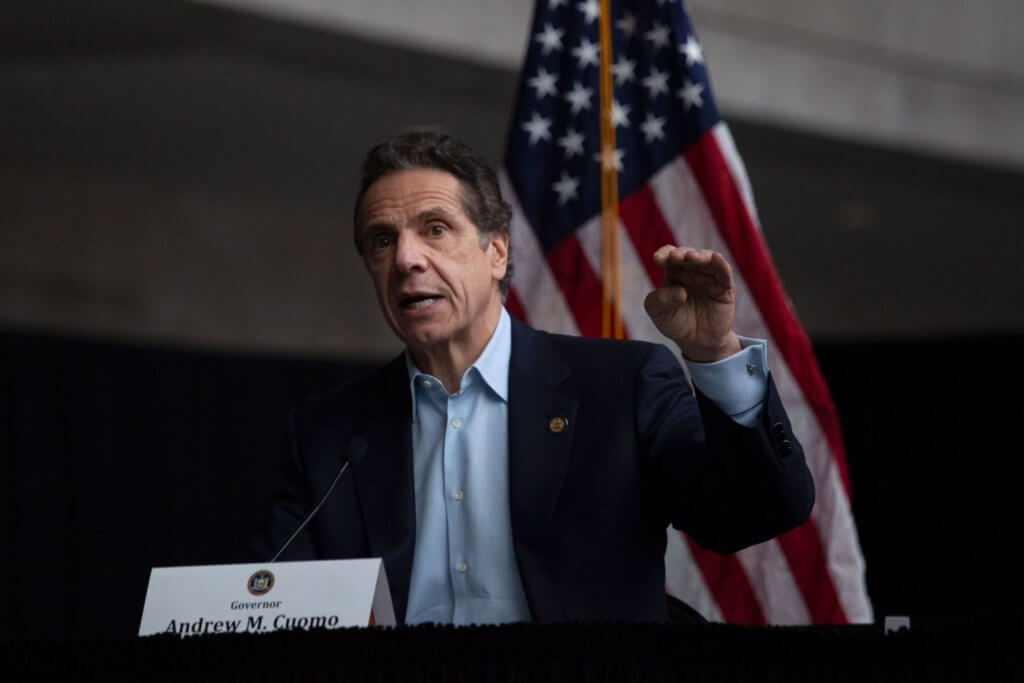
David Grabowski, a professor of health care policy at Harvard Medical School, argued that states could have taken additional small, but meaningful, steps to reduce the spread of the virus at nursing homes.
“We did the hard thing — we shut off these older adults from their families, but we weren’t able to do some of the easier things like instituting widespread testing and getting the staff enough personal protective equipment,” said Grabowski. “If we had done that, we maybe wouldn’t have needed to be so strict in isolating the residents.”
According to the state’s latest data, about 40,700 residents were in city nursing homes as of early April. State health officials declined to say how many positive cases of the virus there were among nursing home residents throughout the five boroughs.
Cuomo administration officials said they would disclose a list of specific nursing homes where coronavirus-related deaths have occurred by Friday morning, after weeks of pushing back on reporters’ requests for the information, citing health privacy laws.
Responding to the outcry from family members of nursing home residents, Cuomo issued an executive order Thursday evening requiring nursing home and adult care facilities to notify relatives within 24 hours if a resident tests positive for COVID-19 or dies from the virus.
“There needs to be more disclosure of what’s going on in nursing homes,” said Bill Ferris, the legislative director for AARP in New York. “There needs to be a tremendous amount of transparency and a lot of communication going on between the nursing homes and families.”
‘Until There’s No Hands’
Compounding the problem of having COVID-19 spread among a population with the highest risk of succumbing to the virus are staff shortages among these facilities, which were already prone to high turnover before the pandemic hit.
At Riverdale’s Hebrew Home — one of the state’s biggest nursing homes, where around 700 older adults live — administrative staff say they’ve been enlisted into frontline care.
“They have security guards taking our temperatures,” said a non-clinical employee who has worked at the home for more than five years. “They have people in finance packing up residents’ rooms. You have people crying because they’re doing things that do not, one, fit their job description, and two, are pushing their personal boundaries.”
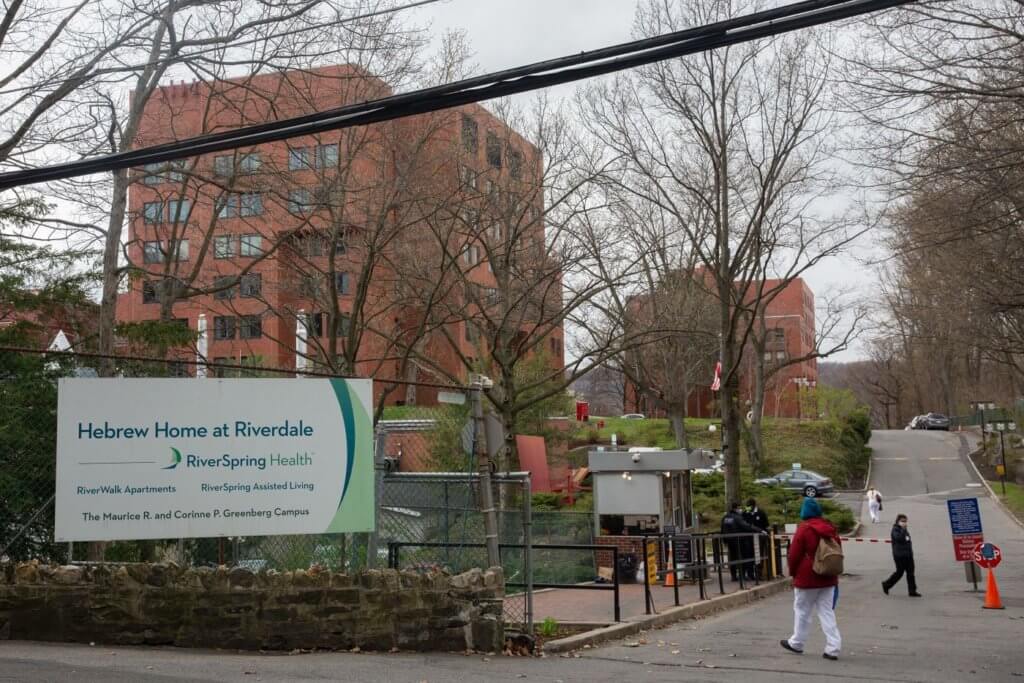
Employees at Hebrew Home said having dozens of non-clinical staff members present daily — some of whom may be carrying the virus and be asymptomatic, or living with someone at risk of becoming seriously ill from it — compounds the risk of infection or death for residents or themselves and their families.
“Even though we’ve had staff and residents test positive, there’s really been no change in this approach,” said one clerical employee who’s been asked by Hebrew Home leadership to serve resident meals.
“It’s kind of like all hands on deck until there’s no hands,” another staff member said.
“I’m expecting to be here until I unfortunately get sick myself,” she added.
In an emailed statement, a Hebrew Home spokesperson said: “As with every other healthcare institution, the COVID pandemic has affected staff through illness and childcare challenges.
“The majority of staff are coming in and doing their jobs with great spirit and compassion. Just like all other healthcare organizations, employees at the Hebrew Home have been redeployed to assure the safety and well-being of our residents.”
The facility’s leadership declined to share the number of its residents who have died from the virus. Staffers said as many as 45 residents have died since mid-March, although it was not known how many fatalities may have been COVID-related.
Dozens Out Sick
At the Ozanam nursing home, more than 40 employees were out sick as of Thursday with symptoms similar to those of COVID-19, according to UFCW Local 342, the union that represents 370 employees at the 432-bed facility.
Ozanam officials could not be reached for comment, but an automated message for the facility’s main line says the home is “making every effort to maintain the health and safety of everyone involved.”
Multiple employees complained that the nursing home’s 10 floors are so understaffed that they’ve been required to work double shifts or risk losing their jobs.
“All you want to do is go home, strip your clothes off, go straight and take a hot shower,” one employee said. “Instead you have to stay for another shift, and if you refuse they’re telling you that your job can be in jeopardy.”
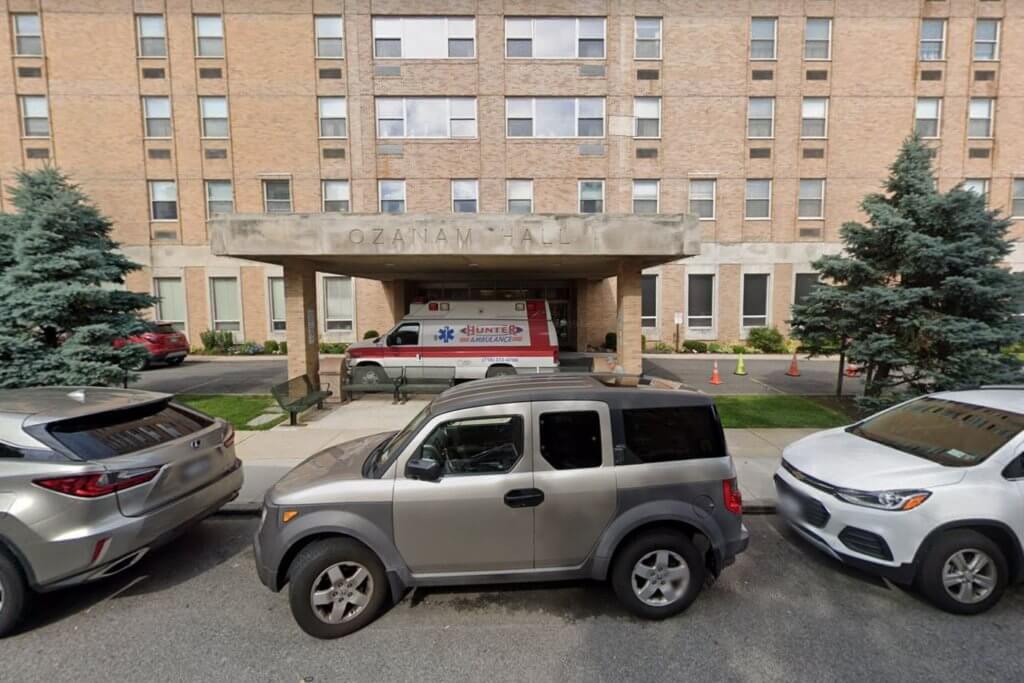
Workers said they have been told to reuse blue surgical masks while attending to patients who have tested positive for COVID-19 and those who appear symptomatic.
One staffer said some patients are sharing rooms with others who have the virus.
The union sent an email to a handful of Queens local elected officials Thursday evening asking for more PPE and for a temporary morgue arrangement.
Alarming Neglect
A doctor at Montefiore Medical Center in The Bronx, who spoke to THE CITY on condition of anonymity, said a number of nursing home patients are being hospitalized not just with symptoms of COVID-19 — but with signs of alarming neglect.
The doctor said one patient arrived with sodium levels so high that it appeared no one had given her any water in days.
“It’s the folks coming from nursing homes — these signs of basic neglect that are so deeply unsettling and heart-wrenching,” the doctor said.
“I suspect what’s happening is that these nursing homes are probably overwhelmed,” the doctor added. “It’s shocking to me that patients in nursing homes are some of the most vulnerable patients — and the fact that there seem to be no protections.”
Three City Council members sent a letter Thursday to State Department of Health Commissioner Howard Zucker asking for better protection of residents and staff at nursing homes in southern Brooklyn.
They expressed concern over reports that a lack of personal protective equipment was contributing to unnecessary transmissions and deaths at area nursing homes, that staffers were forced to work when sick, and that families of residents can’t get any information about their loved ones.
They also complained about the lack of testing at the nursing facilities, even for patients who have died of COVID-like symptoms.
“For every individual complaint we received, we have reached out to the facility, and alerted city and state health officials to provide support,” wrote Councilmembers Mark Treyger, Justin Brannan and Alan Meisel, all Democrats from Brooklyn.
“No one from the city or state has been able to confirm COVID-19 cases, but it is evident that there are systemic issues in our nursing homes.”

